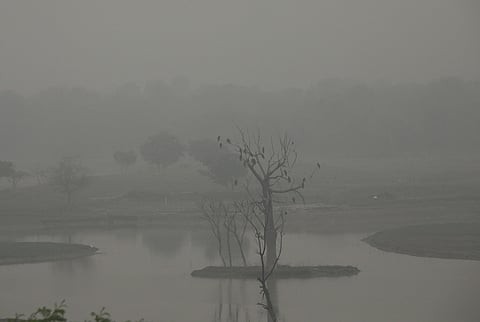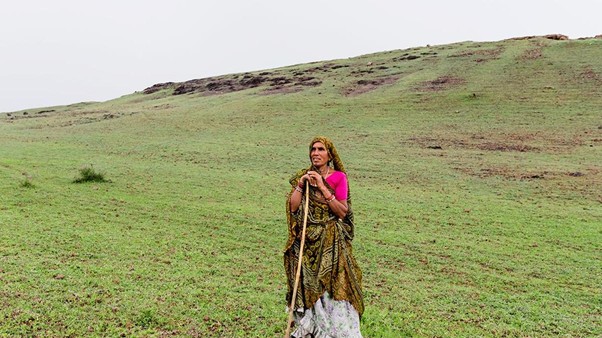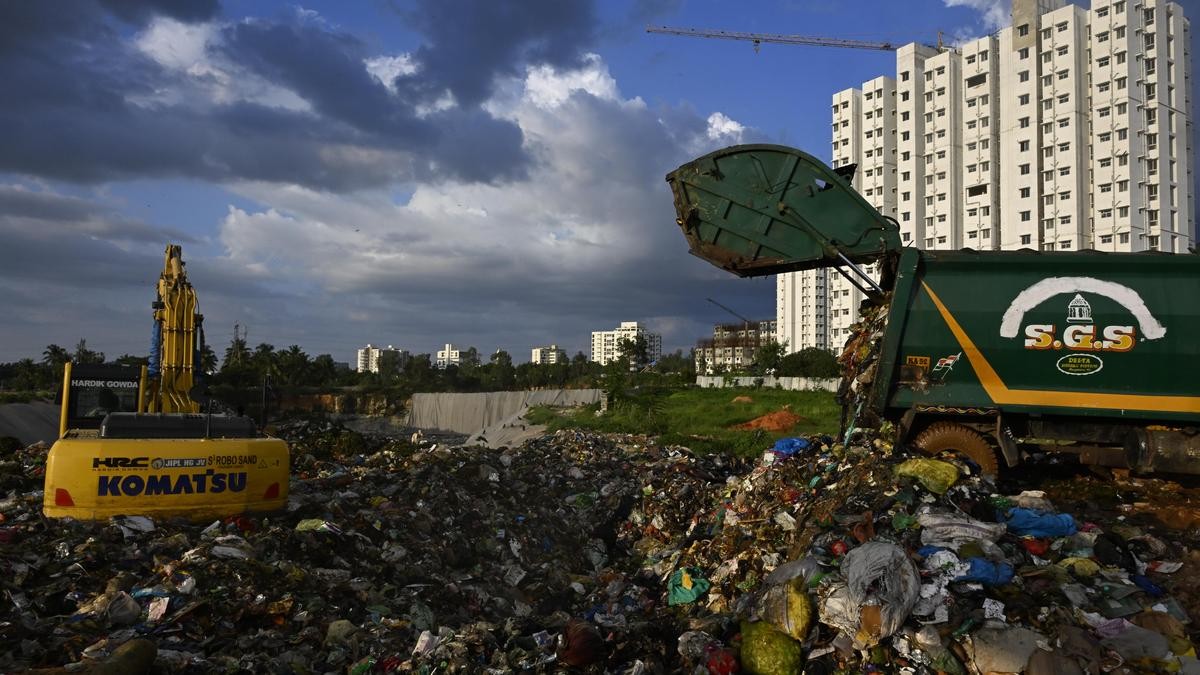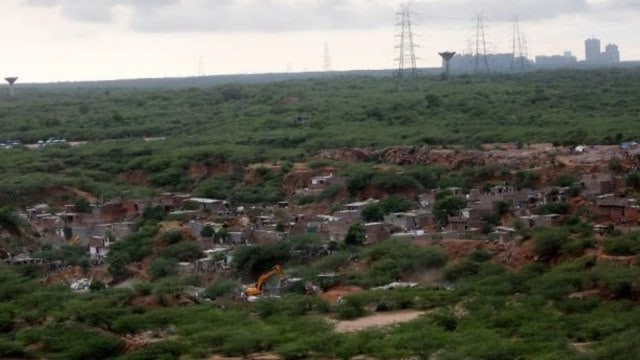Description
Disclaimer: Copyright infringement not intended.
Context:
Recently, a survey was conducted to check the progress of Community Forest Resource (CFR) rights under FRA 2006.
Details
The Survey found that only 3 state (Maharashtra, Chhattisgarh, & Odisha) made progress in recognising community Forest Resource rights under Forest Rights Act (FRA), 2006.
However, many forest dwelling communities across India are still facing challenges to get these rights.
This shows the gap between the goals of the Act & the reality even after implementation of this act.
What is Forest Rights Act (FRA), 2006?
Background:
- The Forest Rights Act (FRA), 2006 was passed in the year 2006.
- But before this, Scheduled Tribes (STs) & traditional forest dwellers had no legal rights for their ancestral forest lands.
- This was because of colonial forest laws & conservation policies after India's independence
- Those policies usually called them communities trespassers.
- So, This FRA act was enacted in 2006 to give them tribal & forest-dwelling communities rights for their forest land & resources.
Key Provisions of the FRA, 2006:
- It gives STs & OTFDs the right to live & use their forest land for their homes & livelihoods.
- It recognizes community rights over traditional common forest lands for their management & conservation by local communities.
- It protects important natural areas & also safeguards the rights of local communities.
- It focuses on using resources wisely while protecting nature. This makes sure forest communities can live without harming resources.
Key points of CFR Rights:
- Gram Sabhas (village councils) own & govern these community forests.
- It gives them control & decision-making power over forest resources.
- Sustainable Use allows communities to collect non-timber forest products (NTFP) like honey, bamboo, & medicinal plants without harming the environment.
- Communities are given the power to protect forests from cutting down trees, mining, & other threats.
- So, This can ensure long term forest health.
- Customary Rights recognises the traditional knowledge of communities in managing & conserving forests.
- Protection from Eviction ensures that communities cannot be forced to leave without their agreement.
- It protects their ancestral rights.
Challenges for CFR Implementation
- The study Democratisation of Forest Governance: Old & New Challenges, found that around 100,000 forest dwellers were relocated.
- Because National Tiger Conservation Authority (NTCA) created Protected areas.
- More than 30,0000 hectares of forest land was used for mining, dams & other projects.
- Maharashtra (36%), Chhattisgarh (24%), & Odisha (10%) made progress but other states have not made progress.
- Jharkhand, Gujarat, & Karnataka recognized less than 2% of the CFR areas.
- Forest rich states (Madhya Pradesh, Rajasthan, West Bengal, Telangana, & Andhra Pradesh), there is no recognition of CFR rights.
- Indian Forest Act, 1927, Wildlife Protection Act, 1972, & Forest Conservation Act, 1980 created confusion which delays in implementing the FRA.
- Many Gram Sabhas do not have enough resources, skills, & financial support for forest management.
- So, this made poor CFR implementation.
- Many forest dwellers do not know their rights under the FRA. So, This led to delays in processing claims.
- Bureaucratic Problems & lack of political interest made slow recognition and implementation.
Cases of Successful CFR Implementations
- Mendha-Lekha, Maharashtra (2009):
- Mendha-Lekha village was the 1st to get CFR rights over 1,800 hectares of forest.
- The Gram Sabha led bamboo harvesting & forest conservation programs. This improved local livelihoods.
- Niyamgiri, Odisha (2013):
- The Dongria Kondh tribe used their CFR rights to stop bauxite mining in the Niyamgiri hills.
- The Supreme Court supported their rights. This made a historic win for tribal self-governance & forest conservation.
FRA’s Role in Carbon Sequestration
- India has planned to store 2.5 gigatons of CO₂ through forest conservation.
- So these CFR rights are important for global climate goals like REDD+ (reducing emissions from forest degradation & forest degradation).
Way Forward
- Bureaucratic processes should be made simple for recognition of rights.
- Training should be provided for technical assistance & financial resources. So gram sabhas can maintain forest management & sustainable resource.
- strong safeguards should be Implemented to protect community forests from encroachment & corporate exploitation.
- awareness campaigns should be Launched to educate forest dwellers about their rights under the FRA.
- Governments should invest in community-led conservation programmes & provide adequate financial & institutional support for forest management.
Source:
DTE
|
Practice Question
Q.Discuss the challenges in implementing CFR rights under the Forest Rights Act (2006) with examples from Maharashtra, Chhattisgarh and Odisha and suggest measures for better implementation and community empowerment. 250 Words.
|











